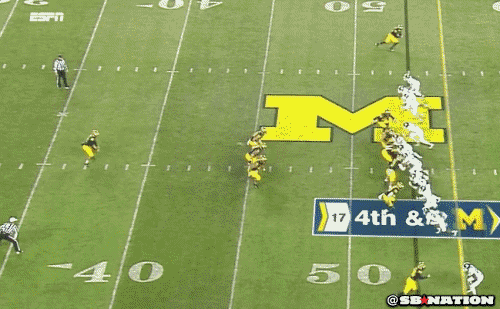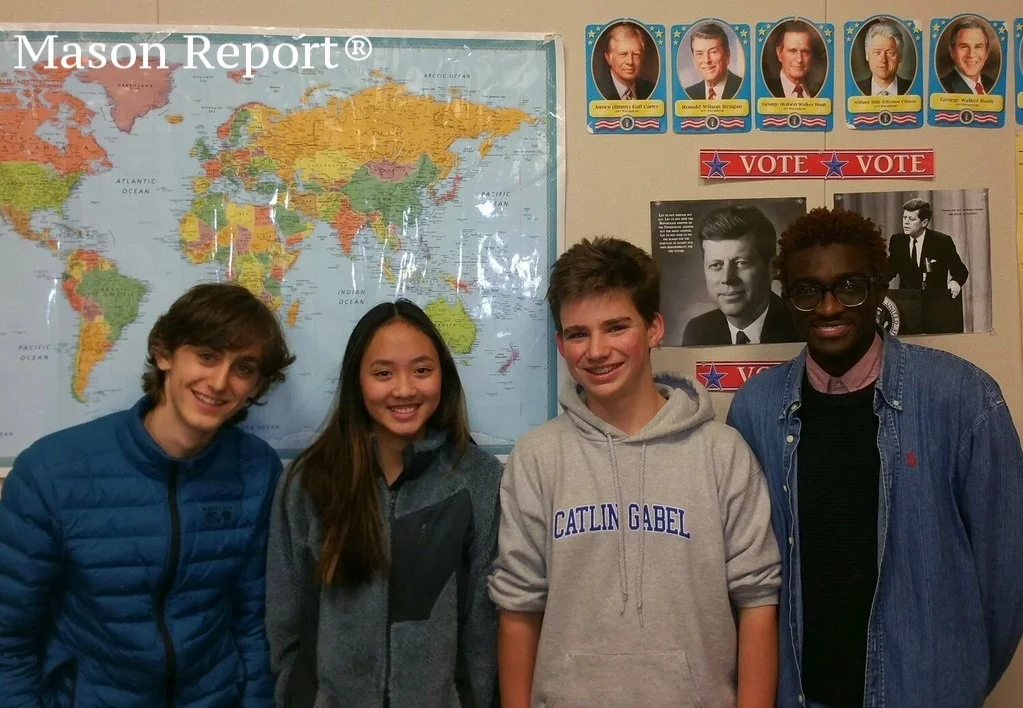National Association for the Advancement of Colored People (NAACP)
The National Association for the Advancement of Colored People, most commonly referred to by its acronym NAACP, is the foremost Civil Rights organization in the United States. It was founded in 1909 by W.E.B. Du Bois, Ida Bell Wells-Barnett, and an interracial group of leaders focused on ending racial discrimination, integration, and protecting the freedom of colored people. Thanks to Ida B. Wells’ direction, the NAACP made it their mission to end lynching in the U.S. And nine years after its founding, the NAACP put enough pressure on President Woodrow Wilson to denounce lynching in 1918.
After establishing the NAACP Legal Defense and Education Fund, the NAACP successfully litigated the landmark Supreme Court case, Brown v. Board of Education of Topeka. The Supreme Court ruled in Brown that the “separate but equal” doctrine in Plessy, was unconstitutional. Another prominent victory for the NAACP Legal Defense Fund was Morgan v. Virginia. There, the Supreme Court ruled segregation in interstate travel was unconstitutional. This ruling paved the way for the 1961 Freedom Rides.
The NAACP co-organized the famed March on Washington for Jobs and Freedom, where Dr. King delivered his “I Have a Dream” speech. In addition to all of these progressive victories, the NAACP is most known for two history-changing pieces of legislation: the Civil Rights Act of 1964 and the Voting Rights Act of 1965. Despite the ratification of the 13th, 14th, and 15th Amendments, racist Jim Crow policies allowed states in the South to deny people of color certain freedoms. Among those freedom was the right to vote, using disenfranchising tactics like employing “grandfather clauses,” Southern whites were able to deny people of color the right to vote. If not for the relentless pressure placed on President Kennedy and Lyndon Johnson, these Civil Rights victories may not have been realized till several decades later.
How did they accomplish all of this? Mostly grassroots efforts, but an increase in public exposure after the murder of NAACP field director Medgar Evers in 1963, opened the eyes of many in the U.S. who were oblivious to the treatment and violence blacks suffered. But their success is also owed to design and impeccable organizational structure. Targeted lobbying, publicizing central issues, emotionally appealing speeches, and Crisis, the magazine all contributed to the national campaign. Black Nationalist patriarch, W.E.B. Du Bois, edited Crisis for several years.
Since the battle for justice and equality remains an ongoing battle, the NAACP remains highly visible and productive. In modern times they have focused on motivating young people to participate in the political process, starting with registering to vote. In addition, the organization is credited with initiating anti-youth violence programs as well as finding ways to encourage people of color to pursue entrepreneurship.
The NAACP vows it will, "remain vigilant in its mission until the promise of America is made real for all Americans."
























